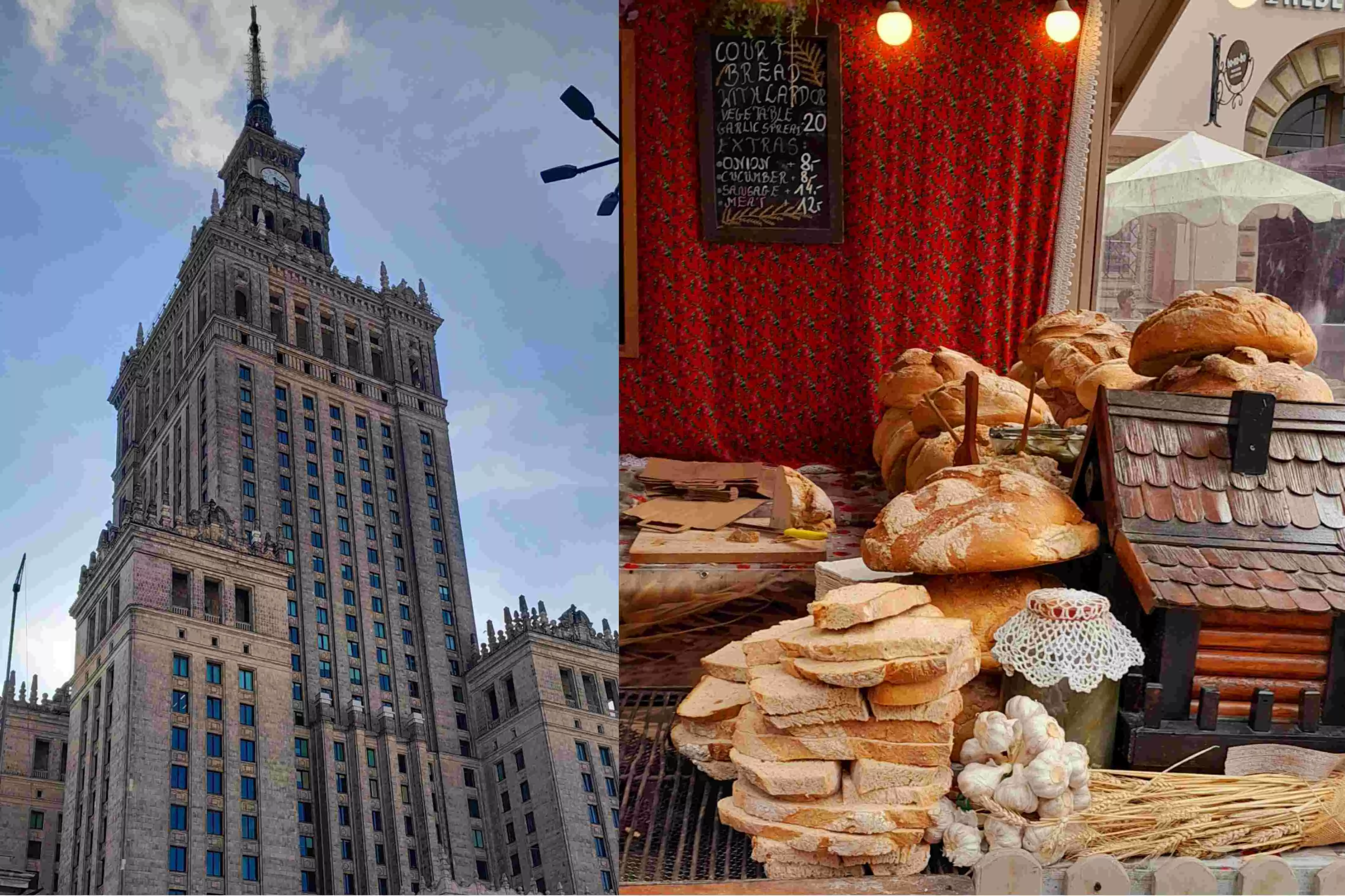Sightseeing in Poland: Where history and nature create unforgettable beauty
Poland, one of Europe’s most beautiful country, with its Old Town and Wawel Royal Castle, is a UNESCO World Heritage Site
By Beyniaz Edulji
Hyderabad: The trip to Poland broadened our perspective on the age-old European culture and its beauty. Krakow is the second largest and one of the oldest cities in Poland. Situated on the Vistula River, the city dates to the 7th century.
Kraków was the official capital of Poland until 1596 and has traditionally been one of the leading centres of Polish academic, economic, cultural and artistic life. Undoubtedly, one of Europe’s most beautiful cities, with its Old Town and Wawel Royal Castle, is a UNESCO World Heritage Site.
Wawel Castle
Towering above Wawel Hill, Wawel Royal Castle with its gold dome is architecturally beautiful and an iconic symbol of Poland. The first settlers in Wawel Hill date back thousands of years. During the 11th century, the Polish monarchs built a Gothic-style Royal Castle on the hilltop. Throughout the centuries, the castle was modified and its design was transformed into a Renaissance-style structure. It is one of the most popular tourist attractions.
Wawel Royal Castle is extremely big and divided into various living spaces, which can be accessed independently.
State Rooms preserve valuable paintings, 16th-century Italian furniture, ceramic pillars, beautiful Flemish tapestries that celebrate nature and stucco ceilings with faces looking down at us.
The Royal Private Apartments were apartments built for court members and are located on the first floor. They can only be visited accompanied by an English-speaking guide.
There is also an Oriental Art Section which include carpets, tapestries and armoury from Turkey, Crimea, the Caucasus and Iran. We had an excellent guide who brought the history of this castle to life. The number of visits here is limited per day to safeguard the castle and all admission tickets have an exact entry hour.
St Mary’s Basilica
St Mary’s Basilica is one of the most beautiful churches I have visited with its gilded blue and gold ceiling and ornate altars. This Gothic-styled church was built in the 14th century and is next to the main town market square with its covered cloth market selling souvenirs, amber jewellery and clothes.
Local open markets
The local markets sell a variety of local food of which we sampled the famous Polish Cheese, Beetroot Soup and dumplings.
The Wieliczka Salt Mine
The Wieliczka Salt Mine, spread over 2,400 acres, is near Krakow in southern Poland. There are historical records of salt being produced here from Neolithic times. The salt mine was built in the 13th century and produced table salt continuously until 1996. The mine reaches 327 meters and is spread over nine levels. The Wieliczka Salt Mine illustrates the stages of the development of mining techniques in Europe from the 13th to 20th century and it has hundreds of kilometres of galleries with works of art, underground chapels and statues sculpted in the salt, making it a fascinating journey underground.
The salt mine in Krakow is a world-class, UNESCO-listed underground landmark. Each year more than one million tourists visit this mine.
Tourists are allowed to descend to the third level of the mine which is 135 meters deep. The tourist route is 3 km long. Below ground level, we found saline corridors, salt sculptures and statues, spectacular timber constructions, saline lakes and 20 magnificent chambers chiselled out of rock salt.
St Kinga's Chapel
The most important attraction of the mine is an underground church, the only one in Europe. It is dedicated to St. Kinga, a patron saint of the salt mine workers.
The chamber was built in 1896 at 101 meters. The main point of the chapel is the glorious altar with the statue of St. Kinga. In 1994, the saint’s relics were hidden in the niche of the altar table.
Another important landmark in the chamber is a statue of John Paul II, which has been standing here since 1999.
The mine also has a salt version of The Last Supper, inspired by Leonardo da Vinci’s artwork. There are even spectacular chandeliers made of salt crystals. Holy Masses are celebrated in the chapel on Sundays and on Christmas Eve at midnight. It is well worth a visit, but one needs sturdy feet to climb down over 800 steps. For the return journey, there is a high-speed lift to bring tired visitors back to ground level.
Warsaw
The capital city of Poland has its airport named after its most famous citizen, Chopin.
Its ghetto walls and the Jewish synagogue and cemetery are most visited by tourists. Its open-air cafes serve robust Polish soups and stews served in hollowed-out artisan breads.
Roadside artists paint portraits of tourists within minutes. Petunias, lavender and roses abound in this city. The views from the 44th floor of the Warsaw Palace of Culture and Science are spectacular. The city and the River Vistula stretch before you in all directions.